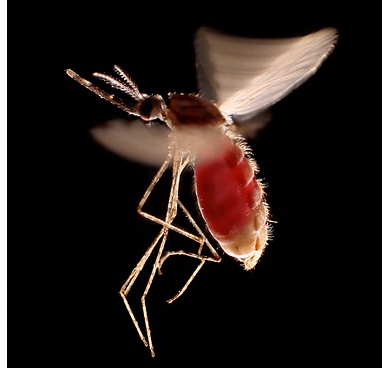The World Health Organization just published their first report on Neglected Tropical Diseases (NTDs). It’s a great view into the impact of these diseases, which affect over a billion people every year. The NTDs are a set of 17 diseases and disease groups that affect the poorest of the poor, primarily in sub-Saharan Africa. They have cures, in many cases, or effective treatments. But people aren’t getting the treatments, and drug companies aren’t working to develop more. The WHO report shows us how much progress we’ve made, and how far we still have to go.
The wins: Drug donations from pharmaceutical companies have expanded access to treatments for NTDs, in particular helminthes (hookworms). Preventative chemotherapy is breaking the cycle of infection for entire at risk populations, and research into new cures and treatments has begun to expand. By the end of 2008, 670 million people had been reached by preventative chemotherapy. If those efforts continue to scale up, several NTDs could actually be eliminated.
What’s left to do: NTDs are endemic in 149 countries, many of which have more than one endemic NTD. 30 of those countries have 6 or more endemic NTDs. Dengue fever has begun to reclaim territory in Latin America because of malaria control failures. In 2008, only 8% of people with schistosomiasis had access to high quality medicines.
The most vital part of the report, I think, was this: NTDs are a proxy for poverty, pure and simple. They are right along with malnutrition, lack of infrastructure, and other diseases. Fighting poverty is vital to fighting NTDs, and it always will be.
